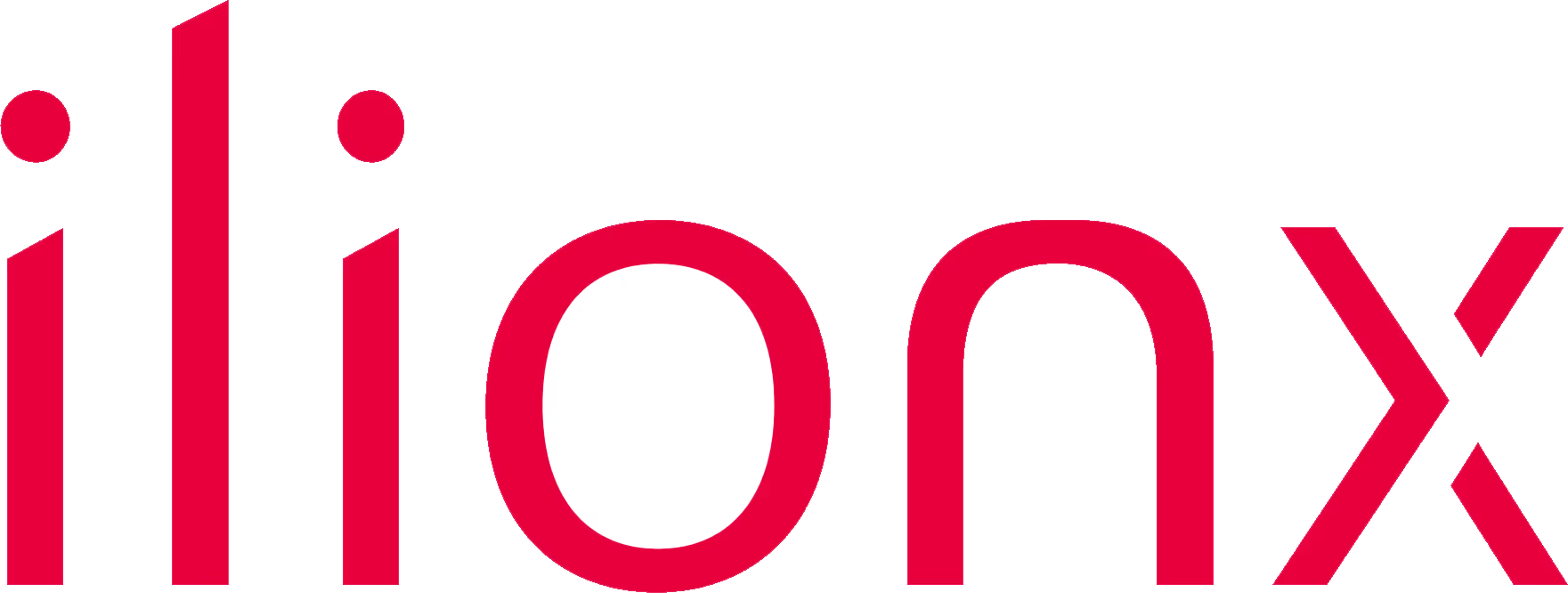Procter & Gamble
P&G partners with Portainer to containerize their MES software
.avif)
Business overview
Procter & Gamble is the world’s largest consumer goods company, with a portfolio of iconic brands including Tide, Pampers, Gillette, and Crest. Operating in over 70 countries, P&G combines scale with innovation, investing heavily in smart manufacturing, analytics, and cloud technologies to keep its global supply chain efficient, agile, and connected.
The challenge
Founded in 1837 and headquartered in Cincinnati, Ohio, P&G has grown into the largest consumer goods company in the world with operations in over 70 countries. Ranked 51st on the Fortune 500 and 154th on the Global 500, P&G invests heavily in technology and digital capabilities to drive innovation and support its global operations. The company uses advanced analytics and modeling to get consumer insights and optimize its marketing and supply chain.
P&G also leverages technologies like artificial intelligence, automation, and cloud computing to enable smart manufacturing in its facilities. Collaboration tools and digital workplaces enable P&G’s global workforce to connect and share ideas. The company has tech hubs in cities like Singapore, Brussels, and Cincinnati where IT specialists and engineers develop new technologies for P&G’s brands. Overall, P&G’s technology infrastructure provides a digital foundation to support the company’s consumer goods business on a global scale.
Despite managing 130 manufacturing plants globally, P&G’s efforts to modernize have been challenged by a continued reliance on legacy, thick client systems
“For us it is a different journey because we are moving from a thick client where you have to manually install to a web-based client"
The thick client systems limit P&G’s ability to adopt modern container orchestration platforms like Kubernetes that promise greater scalability, easier deployments, and higher efficiency.
Their main Manufacturing Execution System (MES) software, GE Proficy, epitomizes these challenges.
“We’ve always had Proficy... for over 50 years now. But running traditionally on desktops, it restricts operational agility."
Because of this P&G has partnered with Portainer to containerize Proficy as part of a broader cloud-native transition.
The real-world impact of smarter container management.
Operation Efficiency
Engineering Efficiency
Increase in productivity
The solution
Legacy systems have made adoption difficult. P&G’s customized solutions with hardcoded components also complicate containerizing apps. Nevertheless, with Portainer’s help, P&G aims to migrate 30 sites currently, with 5 more in the lab, to a 100 site goal.
This will require navigating P&G’s rigorous internal security reviews.
“It has taken time and some effort, but immediately the 20 users are already seeing major productivity gains."
Then by expanding to 80 users after security assessments, Adefemi expects operations efficiency to increase by a stunning 80%.
By securing access and only allowing visibility through Portainer, it provides robust, role-based access control (RBAC) that is much needed in industrial environments.
To support this journey, GE plans to transition Proficy to Kubernetes by 2024.
“That will also expose us to better usage of Portainer."
He also highlighted the need for enhanced monitoring and deployment capabilities. With Portainer’s latest release addressing these gaps, the future looks bright.
“It has taken time and some effort, but immediately the 20 users are already seeing major productivity gains."













.avif)

.avif)


